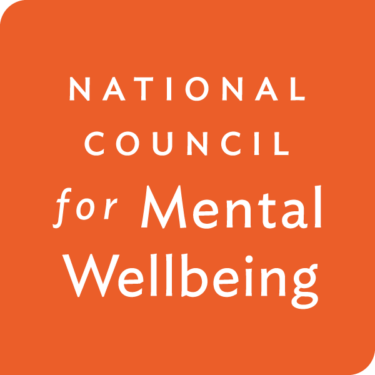Contacts do not equal connection. For adolescents, simply having encounters with others is not enough to be a protective factor against the negative effects of loneliness. It is the meaningful connections youth have that help shield them from what the US Surgeon General Vivek Murthy calls the “Loneliness Epidemic” and other negative consequences such as suicide attempts and death.
Loneliness is a state of mind or the subjective experience of feeling disconnected, empty, alone, unwanted and craving human connection and being prevented or deterred from doing so for various reasons. Being separated from others or socially isolated can be a contributing factor to loneliness; however, it is not the same thing and loneliness is not always the result. Many youths can be alone and not feel lonely – some prefer it. Conversely, an adolescent could be surrounded by a room full of people and feel extremely lonely and disconnected. It is the feelings of disconnection and loneliness that can lead a youth down the path of suicide risk.
Worthlessness, hopelessness, purposelessness, and burdensomeness live in the intersection of adolescent loneliness and suicide. During a time when adolescents are trying to belong, fit in and discover who they are, these unwanted emotions can wreak havoc on their psyche. On a cellular level, the body reacts to these emotions when they are experienced pervasively. This results in inflammation in the body’s cells that send signals to the brain that make it “irritable, suspicious, prone to negative emotions and fearful of meeting new people and making new friends.” This process can negatively impact how the adolescent understands tone of voice or facial expressions and can alter their understanding of social cues and the world around them. In response, others may distance themselves from the adolescent, reinforcing the negative cycle that leads to further loneliness and possible increased suicidality.
Adolescent experiences ranging from loneliness, lack of engagement and disconnection to suicide ideation, can all lead to the same negative outcome. The need to build relationship skills and foster meaningful relationships is vitally necessary to combat overall suicide risk and improve mental wellbeing among adolescents.
For caregivers and integrated care staff, protecting our adolescents from loneliness and suicidality means implementing support strategies during childhood and beyond. An important lesson to teach our young people is that aloneness is not the same as loneliness and it can be a positive thing to learn how to handle and manage being alone from time to time. Teaching children to differentiate between those two experiences and to be comfortable in the quiet of one’s own mind, without the need for constant stimulation or distraction, can be helpful and just as important as having positive connections with others.
When considering the wellbeing of children and adolescents in the long-term, integrated care staff should consider the following and monitor which factors adolescents have regular access to:
- Meaningful peer connections: Encouraging children and adolescents to engage in activities with their peers is protective. It can put them in situations that will enable them to make friends, have shared experiences and create a sense of belonging.
- Variety of experiences: Whenever possible, having exposure to a variety of experiences, continued interests and hobbies will provide healthy outlets for an adolescent.
- Development of social emotional skills: It is equally necessary that parents or guardians spend time teaching children how to socialize and learn various social skills, so they know what to do and how to connect with others when in those circumstances. Skills such as how to carry on a conversation, recognize and communicate their feelings, engage in active listening and show interest in others, are vital for youth to build positive relationships and will aid in strong communication so when things are not going well, youth are much more likely to share and talk about it, either with a peer or an adult.
- Trusted adult relationships: A trusting and transparent relationship with an adult can also go a long way in protecting an adolescent. The adult connection can be a parent or guardian, a close relative, friend or teacher. The engagement built during health care visits can also be vital to youth in fostering protective relationships. Keeping open lines of communication and providing an opportunity for the adolescent to talk with an adult can thwart the negative impacts of loneliness or suicidality.
Integrated care staff should consider how to provide psychoeducation to caregivers and how to measure meaningful relationships among their patient populations. Child and adolescent integrated care staff might consider including clinical instruments to measure these protective factors, such as the Social Support Scale for Children (SSSC); Social Support Questionnaire for Children (SSQC) or Social Support Questionnaire (SSQ) for adolescents and adults. From there, staff are encouraged to partner with caregivers and young patients to consider where more meaningful social connections can be strengthened. Meaningful relationships with other youth and adults are the necessary connections adolescents need to stay healthy and thriving and protect them from suicide.
See More Youth Mental Wellbeing Resources:

